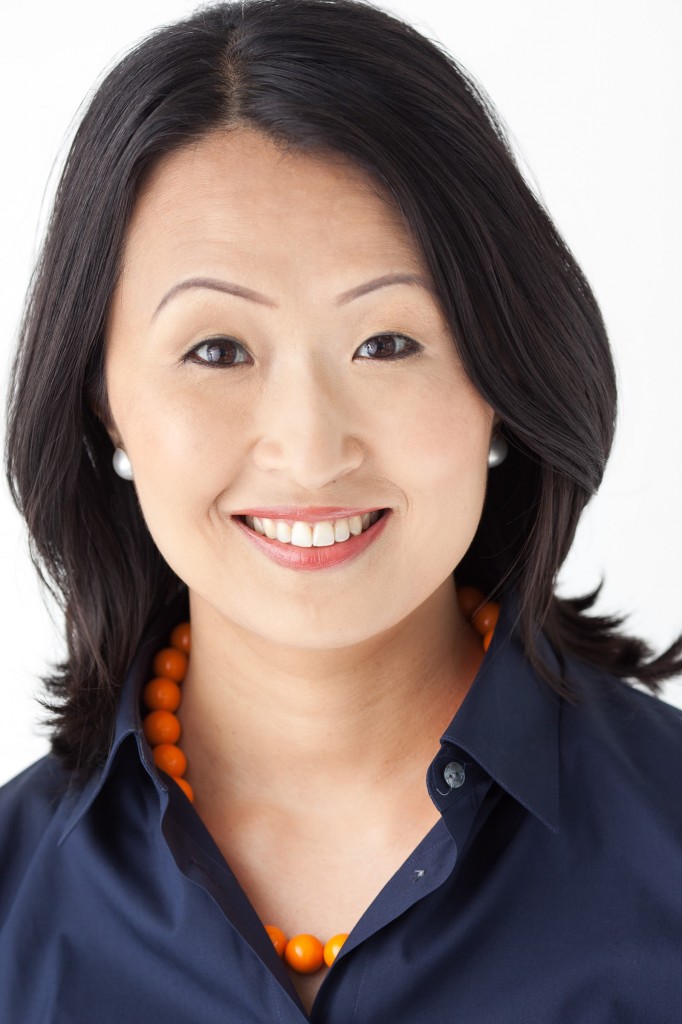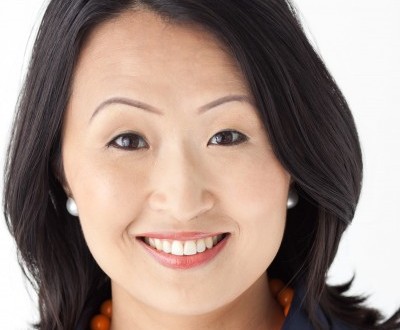By Daniel Tsoy
Climbing the corporate ranks in America surely requires a lot of old fashioned hard work—meeting deadlines, crunching numbers, and coming into work even when you’ve got the sniffles. But is there more to it? 50 % of Asian Americans are college educated, well above the 28% average for the nation, yet somehow they remain largely absent from upper management in Fortune 500 companies, with less than 2% in corporate officer roles.

This phenomenon is the subject of Jane Hyun’s book, Breaking the Bamboo Ceiling: Career Strategies for Asians. Having held executive positions at both JP Morgan and Deloitte before founding her own leadership consulting company, Hyun & Associates, Hyun offers an experienced and inside perspective into the corporate world. Her findings, based on interviews with over 100 corporate executives from a variety of ethnic backgrounds, indicate that it takes much more than simply hard work to get to the top—charisma and relationship building become increasingly important as one moves up the ladder. Ultimately, companies want their senior leaders to have respected opinions and significant sway when it comes to making decisions.
“What got you in the door is probably not going to get you promoted,” Hyun says. “As you advance into management roles, what they’re looking for is someone with credibility throughout the enterprise. You need to ask yourself: Am I an influencer?”
Hyun postulates that a certain cultural dissonance is at least partially responsible for this lack of upward mobility among Asian Americans. Having been raised in Korea before coming to the States when she was 8 years old, Hyun understands that there is often a cultural paradigm among Asians: work hard and keep your head down. Humility and diligence are highly valued, but such a self-effacing attitude can sometimes be detrimental in the American workplace, where often one needs to self-promote and speak up in order to be noticed. These two fundamentally different ideas have been so ingrained in their respective cultures as to be expressed in traditional proverbs, for example: the Chinese say The loudest duck gets shot, but for Americans, The squeaky wheel gets the grease.
Hyun likes to tell an anecdote about her early days in corporate America that does well to illustrate this dissonance. She and a female colleague appeared virtually the same as they constantly worked at their computers and produced analyses as junior analysts, but there was one thing her colleague did differently. Every now and then she would get up and go into the boss’s office to chat. At the time, Hyun didn’t understand why her colleague would waste time chatting when she could have been working. So one day she asked, what do you guys talk about in there? And her colleague responded: oh, sometimes business, but mostly just to shoot the breeze. Hyun soon realized that building rapport with her superiors would be essential to her success.
But on whom must the burden of change fall? Is it the responsibility of Asian Americans to adapt to their American workplace, or should management work to better understand Asian culture? The best answer is both. Frank Lio, a business manager at Instron ITW, thinks that one of the first steps is to boost mentorship by establishing Asian American support networks both inside individual companies and across businesses. “When I was new, two of my fellow workers—one Japanese, the other Korean—both made an effort to take me under their wing, and it proved extremely helpful,” Frank reminisces. Frank is now the highest level Asian American at his company.
So while mentorship allows Asians to adapt and more effectively interact with their colleagues, it is equally important for companies to work cross-cultural discussion forums into their organizational structure. In a recent study conducted by the Center for Talent Innovation, Asians responded as saying they felt the least comfortable being themselves in the workplace when compared with the other ethnicities. Perhaps an open forum could help alleviate some of these inhibitions. For example, the issue of viewing someone as a perpetual foreigner based on their appearance or accent could be talked about openly and honestly so that both parties could to come to a better understanding.
Furthermore, Hyun thinks that boosting interaction between senior leaders and employees is essential to help promote upward mobility. This could be either an official mentoring program or simply the encouragement of informal dialogues. She stresses the importance of honest self-evaluations and candid feedback between managers and employees. Also, there is the invaluable perk of potentially having a senior executive advocate for you when seeking a promotion
With the increasingly globalized world of business, bridging the cross-cultural dissonance between the East and West is becoming more crucial than ever. This is why Hyun and colleague Audrey Lee are now looking for solutions overseas. They are currently working on a project with the organization Conference Board entitled “Cultural Fluency: Identifying Successful Leadership Styles in Asia, with a focus on leadership styles in China.” The goal of this group is to help companies generate innovative, culturally relevant strategies for managing talent by researching the workforce and leadership styles in China and South Korea. The group will give six companies an in-depth look at how business is done in Asia as opposed to the United States, which might help them retain foreign talent in the US, but also help them in business relations with companies across the world. The findings could also offer alternative approaches to the prevailing leadership style of corporate America.
It has been seven years since Hyun published Breaking the Bamboo Ceiling and first embarked on her journey of helping other Asian Americans in corporate America. Hyun reflects, “I enjoy contributing to the community and empowering Asians to succeed. That’s the legacy I want to leave.”
Ultimately, each individual Asian American will have his or her own unique challenges to face in the American workplace. “Everyone has their own ceiling,” Frank Lio reminds us. Reaching the upper echelon in corporate America will be easier for some than others. For example, a first generation Asian American might have more trouble than one who is second or third generation. And some may not even feel compelled to climb so high, as standards of success are surely varied across any group. Would second in command suffice? What about third? Fourth? Each Asian American should ask themselves where they want to be five years from today, even ten years, twenty. We must look ahead. An honest vision supported by strong resources and knowledge is as good a formula as any for success.
 Asian Fortune Your source for all things Asian American
Asian Fortune Your source for all things Asian American

One comment
Pingback: The Bamboo Ceiling – The Barriers As We Become Professionals | Project 4 - Asian American in the Workplace